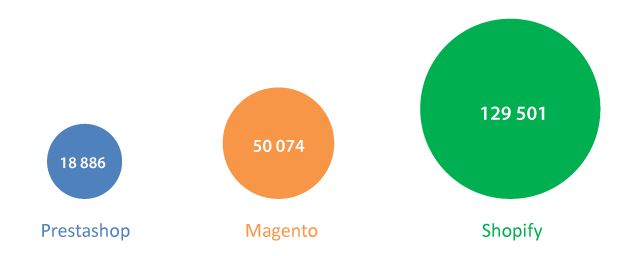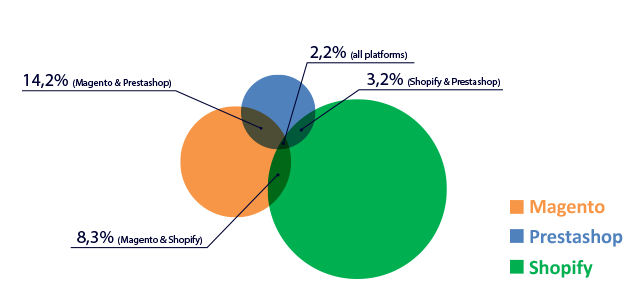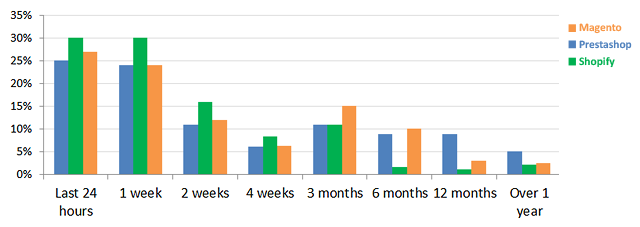Online businesses are today dominating the whole world. But to stay in the rank of this tough competition possible with your available content and evaluator scores. Content matters where the whole game of ranking has evolved to a new level. For e-commerce sites, content equally matters to any other website. When Google uses factors to measure to website’s brand worthiness – three important factors are Expertise, Authority, and Trust or commonly known as E-A-T.
What E-A-T Means?
As above indicate E-A-T stands for Expertise, Authority, and Trust. This concept is a huge ranking factor in many sites. Let’s discussed what these three terms actually mean:
Expertise:
The term stands for expert knowledge and skills. Here you need to show up your skills in the main content. Like, if you offer a service of that you have deep knowledge about, you are recommended as an expert of that field. Your website also needs your expertise to stay ahead of the other market competitors.
Authority:
Here you have to clear up the guidelines of Google to show that you have the authority to create main content. Likewise, expertise is a measurement of knowledge or skill level, authority is the measurement of how well you are doing. Small and new businesses really find it harder as authority comes over the time.
Trust:
Making your potential customers feel like they can trust you is such a vital part of an e-commerce business. If your brand is not trustworthy among your customers than your sales will be pretty much non-existent. Make sure that you stand on the points of trustworthiness box in E-A-T score.
Why E-A-T Scores are Important in E-Commerce:
Soon after updating the search quality rater’s guidelines in July, last year, the main focus shifted to the E-A-T (Expertise, Authority, and Trust) scores. If you want your shopping pages to show up high in the search, you will need to identify how to maximize your E-A-T score.
E-A-T is important in the e-commerce industry because the site pages or shopping pages are considered as YMYL (Your Money, Your Life) pages. And these pages are held to be the highest quality standards so for this reason expected E-A-T is also demanded highest.
Now, what content Google consider?…
The foremost important thing to recognize is that content is not limited to the text and raters are not just being asked to evaluate the text. They have to evaluate your site’s functionality. It includes your e-commerce website’s design, interface, usability, interactivity, and other important functions.
These quality raters are also reminded that high-quality shopping content allows users to find the products and purchase them easily. To determine E-A-T of shopping pages, there few things need to be able to find that give you positive scores. High E-A-T isn’t going to get you far enough if the amount of content is not sufficient or satisfactory for the purpose of the site page, so from here, you can start.
When search raters are evaluating site pages, the guidelines ask them to do something special checks for information like – contact form, payment policies, exchange & return policies, etc. keeping in mind that all this information likely be found under customer service.
Google’s rating experts are charged with thoroughly investigating each site’s E-A-T. So, in an e-commerce website, provided information and content of the highest quality across every page of the site is needed as well as checked carefully by the owner.
Conclusion:
Having good E-A-T scores benefit your e-store or online business immensely. The better you scored, the more successful your brand or e-commerce site becomes. Just consider the individual section of E-A-T score carefully to impress search engines and be ranked higher by Google. The search quality evaluators indicate that expertise, authority, and trust are central considerations for Google’s engineers.






